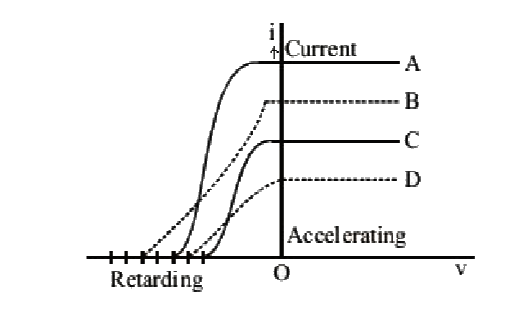If the result of an experiment turn out to be different than what was expected, then it can be concluded that
One has not followed scientific method
One need to repeat the experiment till the desired results are obtained
One must admit that the experiment was a failure
One should explore the possible reasons for it in the conclusion section
The correct Answer is:D
Step by step video, text & image solution for If the result of an experiment turn out to be different than what was expected, then it can be concluded that by Maths experts to help you in doubts & scoring excellent marks in Class 14 exams.
Updated on:21/07/2023Similar Questions
Knowledge Check
Select the most appropriate word to fill in the blank.
The cost turned out to be higher than _____.AexceptedBanticipatedCacceptedDemancipatedWhat is the result of transformation experiment of Griffith :-
AProtein can transfer from one cell to another cellBIt is a material which can transfer from one cell to another cellCIt is a material which can transfer from one cell to another cellDRNA can transfer from one cell to another cellThe result of following experiment carried out by Avery et al on streptococcus pneumoniae.
ALive 'R' strain +DNA from 'S' strain +DNA aseBHeat killed 'R' strain +DNA from 'S' strain +DNA aseCLive 'R' strain +DNA from 'S' strain +RNA aseDLive 'R' strain + Denatured DNA of 'S' strain +RNA ase
Thefigure shows the results of an experiment involving photoelectric effect. The graphs A, B,C and D relate to a light beam having different wavelengths. Select the correct alternative.

View SolutionIf A−B=ϕϕandB−A=ϕ then what can we conclude ?
View SolutionFigure shows the results of an experiment involving photoelectric effect. The graphs A, B, C, D are related to the light beams having different wavelength. Choose incorrect option :-

View SolutionFigure shows a results of an experiment inolving photoelectric effect. The graph A,B,C,D are related to light beams having differents wavelength. Choose incorrect option:

View SolutionThe electric field lines are closer together near object A than they are near object B. We can conclude that.
View Solution

